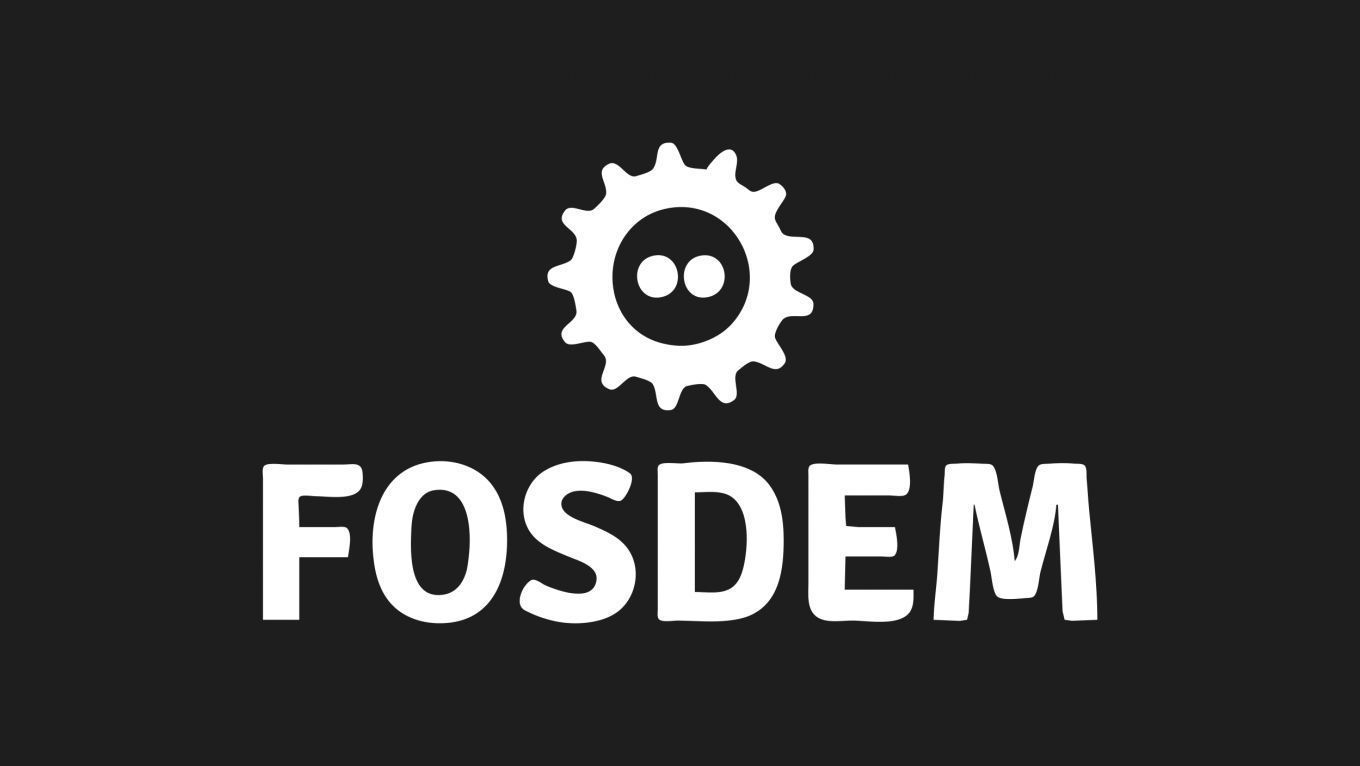HPC, Big Data and Data Science
HPC Container Engine State-of-Art
Base-line our understanding of what the execution of HPC containers looks like in 2021.
The Container ecosystem spans from spawning a process into an isolated and constrained region of the kernel at bottom layer, building and distributing images just above to discussions on how to schedule a fleet of containers around the world at the very top. While the top layers get all the attention and buzz, this session will base-line the audiences' understanding of how to execute containers.
The talk will briefly recap the history of containers and containers in HPC and describe the challenges we faced and how the community overcame them; eventually converging towards a sustainable model to run HPC application at scale using containers.
By attending this sessions viewers will come to understand that HPC runtime engines are not far apart anymore and what to look out for when adopting HPC containers in 2021. We'll also poke at the next layer up - Image build and distribution - to describe the challenge after we picked the runtime engine.
Additional information
| Type | devroom |
|---|
More sessions
| 2/6/21 |
With the end of Moore’s law, improving single-core processor performance can be extremely difficult to do in an energy-efficient manner. One alternative is to rethink conventional processor design methodologies and propose innovative ideas to unlock additional performance and efficiency. In an attempt to overcome these difficulties, we propose a compiler-informed non-speculative out-of-order commit processor, that attacks the limitations of in-order commit in current out-of-order cores to ...
|
| 2/6/21 |
Over the years, there has been extensive efforts to improve Apache Spark SQL performance. This talk will introduce the new Adaptive Query Execution (AQE) framework and how it can automatically improve user query performance. AQE leverages query runtime statistics to dynamically guide Spark's execution as queries run along. The talk will go over the main features in AQE and provide examples on how it can improve on the previous static query plans. Finally, we'll present the significant ...
|
| 2/6/21 |
This talk introduces DiscoPoP, a tool which identifies parallelization opportunities in sequential programs and suggests programmers how to parallelize them using OpenMP. The tool first identifies computational units which, in our terminology, are the atoms of parallelization. Then, it profiles memory accesses inside the source code to detect data dependencies. Mapping dependencies to CUs, we create a data structure which we call the program execution tree (PET). Further, DiscoPoP inspects the ...
|
| 2/6/21 |
In this talk we explore two programming models for GPU accelerated computing in a Fortran application: OpenMP with target directives and CUDA. We use an example application Riemann problem, a common problem in fluid dynamics, as our testing ground. This example application is implemented in GenASiS, a code being developed for astrophysics simulations. While OpenMP and CUDA are supported on the Summit supercomputer, its successor, an exascale supercomputer Frontier, will support OpenMP and ...
|
| 2/6/21 |
The European Environment for Scientific Software Installations (EESSI, pronounced as “easy”) is a collaboration between different HPC sites and industry partners, with the common goal to set up a shared repository of scientific software installations that can be used on a variety of systems, regardless of which flavor/version of Linux distribution or processor architecture is used, or whether it is a full-size HPC cluster, a cloud environment or a personal workstation. The EESSI codebase ...
|
| 2/6/21 |
XALT is a tool run on clusters to find out what programs and libraries are run. XALT uses the environment variable LD_PRELOAD to attach a shared library to execute code before and after main(). This means that the XALT shared library is a developer on every program run under linux. This shared library is part of every program run. This talk will discuss the various lessons about routine names and memory usage. Adding XALT to track container usage presents new issues because of what shared ...
|
| 2/6/21 |
In this session we are presenting our experiences with migrating from traditional HPC to cloud-native HPC using a compute-heavy scientific workflow that is usually carried out on national supercomputing centers. Our scientific application are atomistic biomolecular simulations using the GROMACS molecular dynamics simulation toolkit.
|

